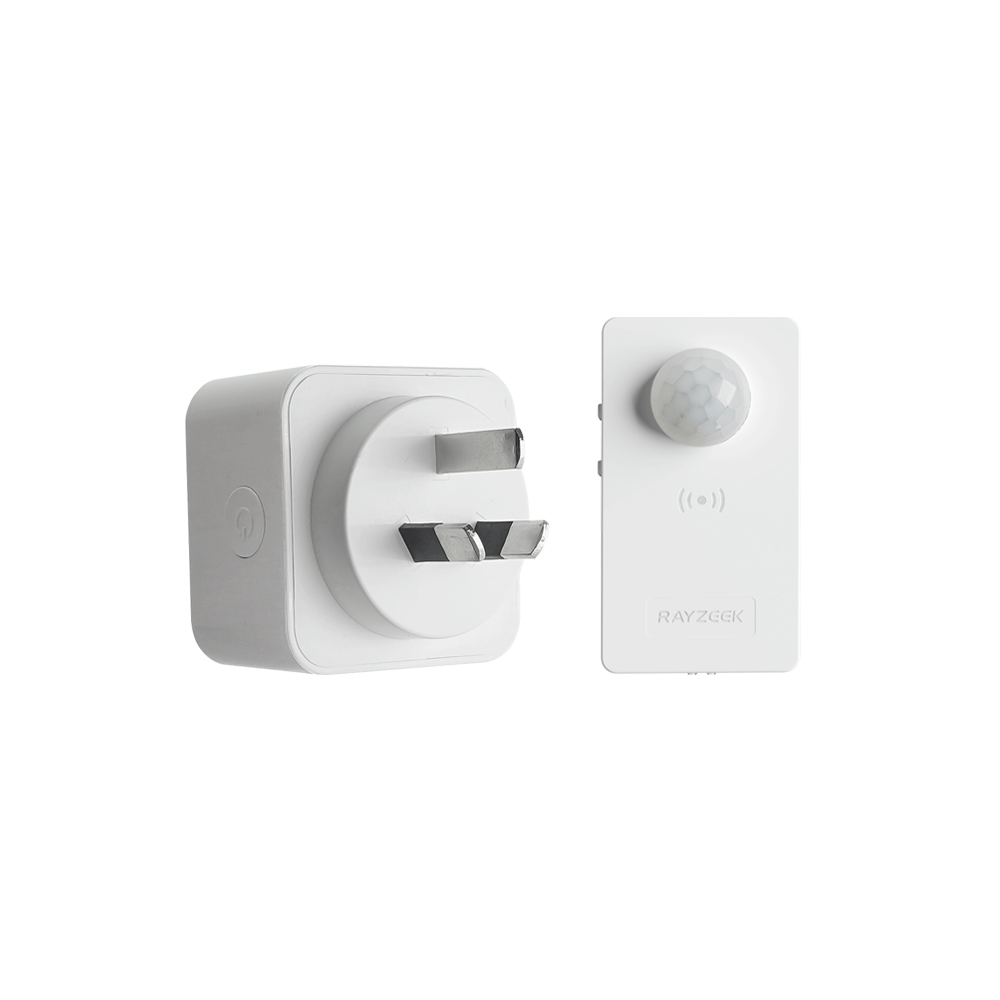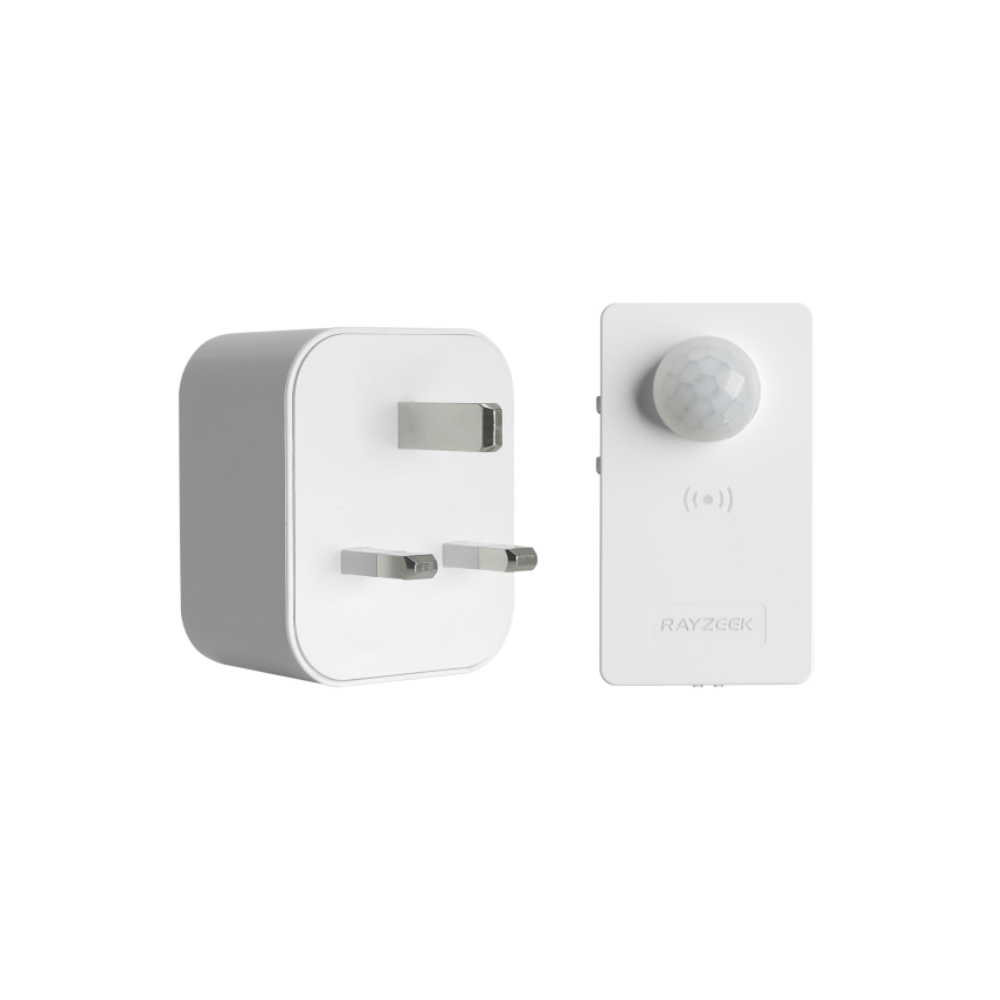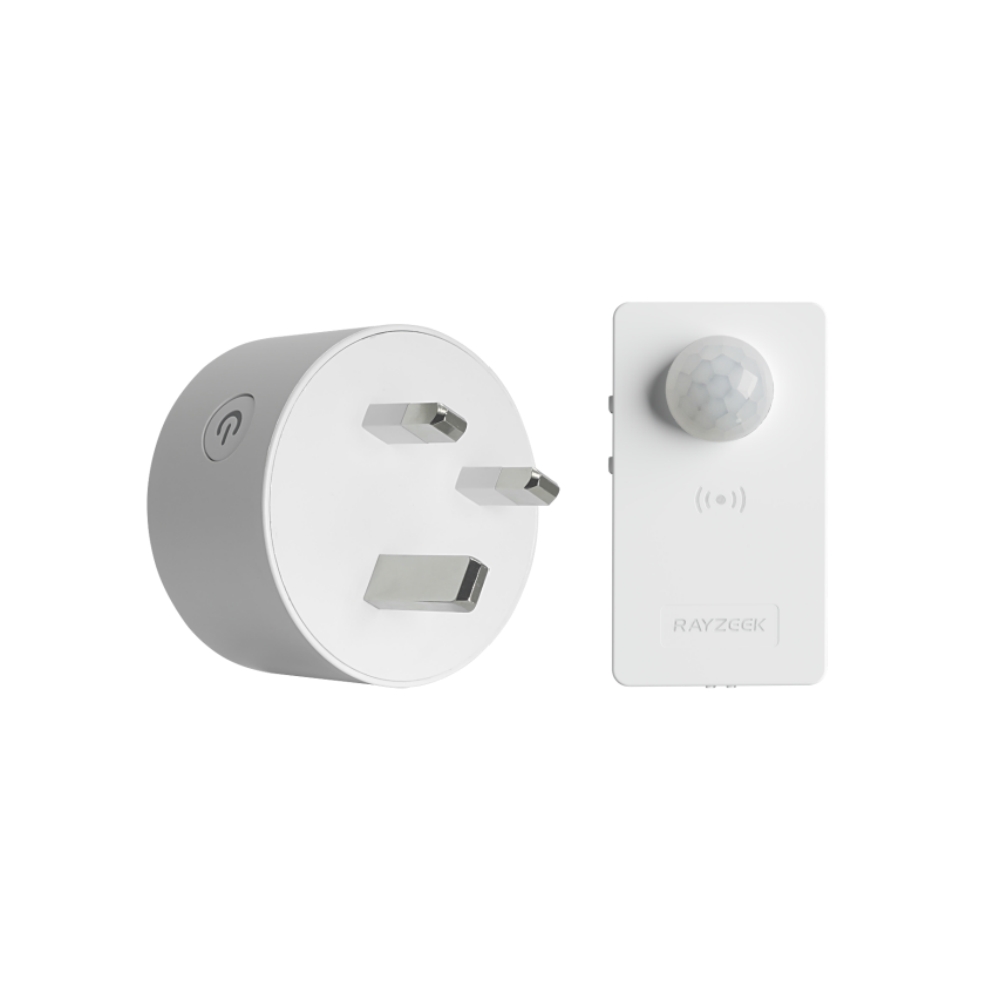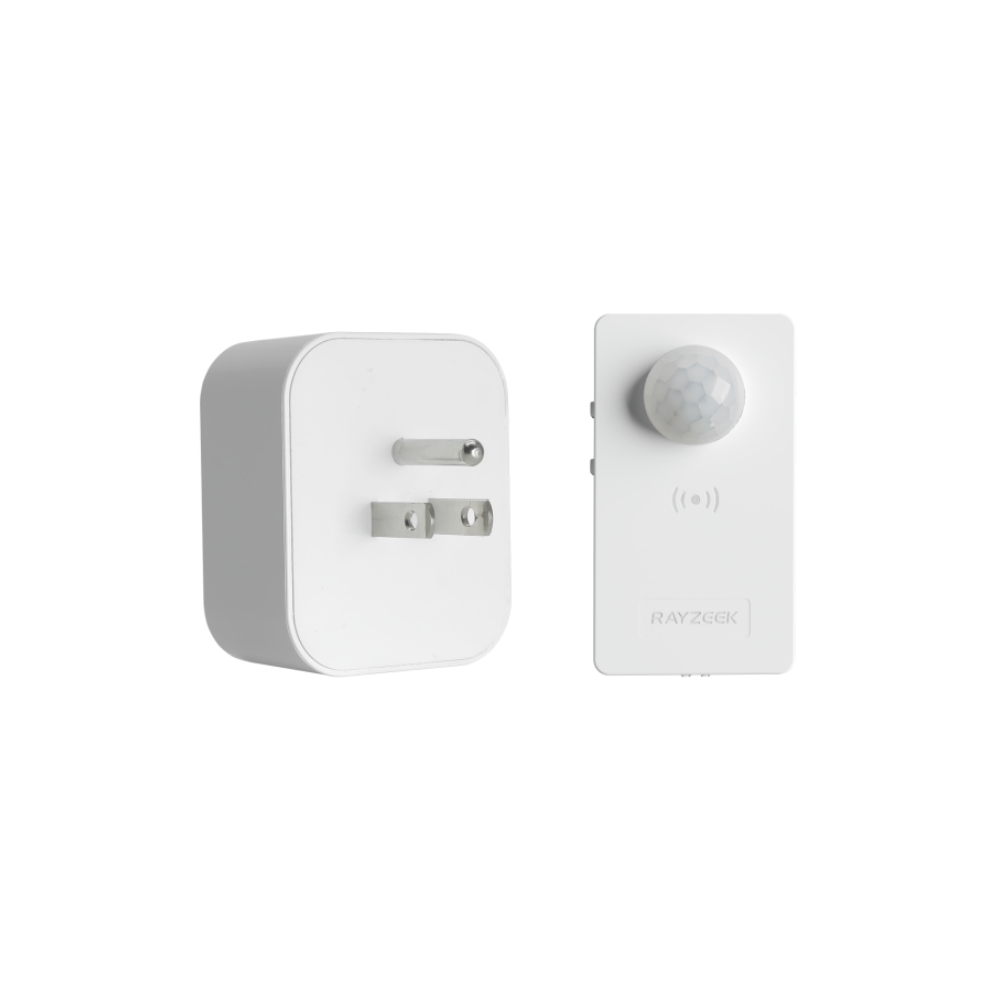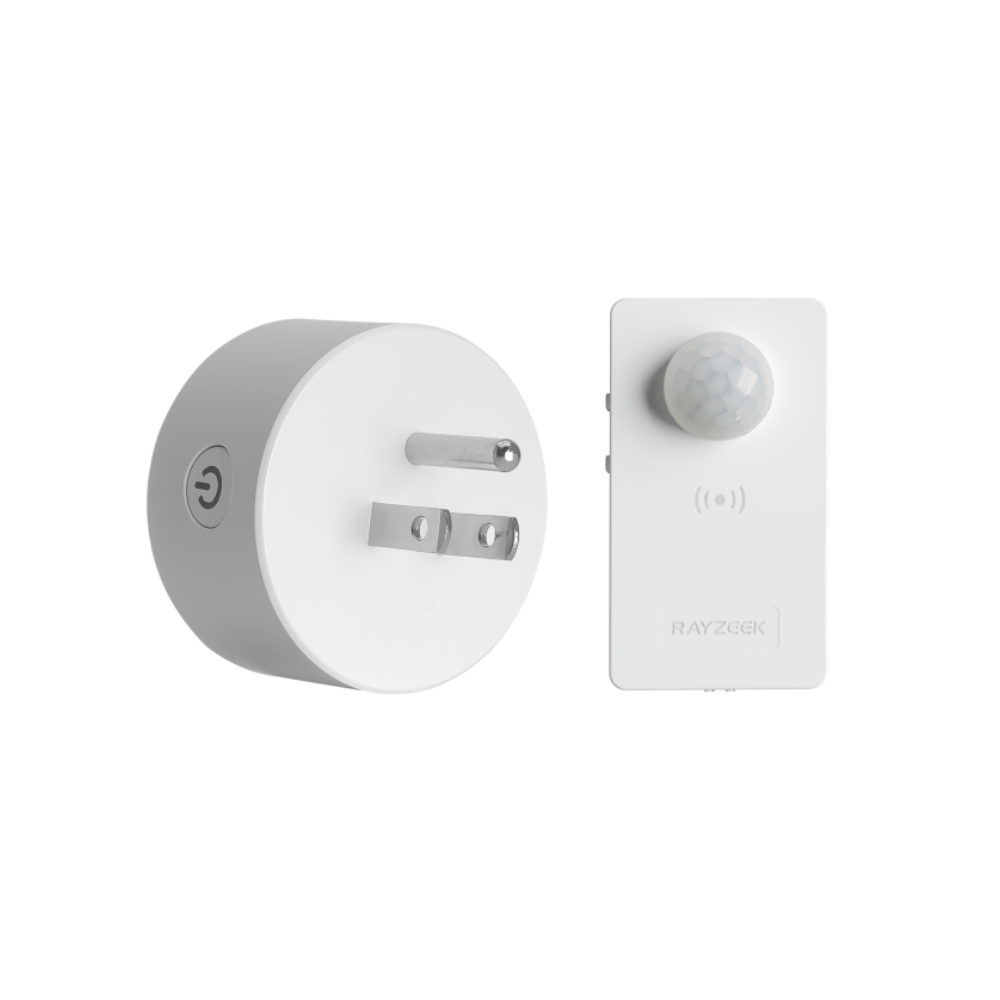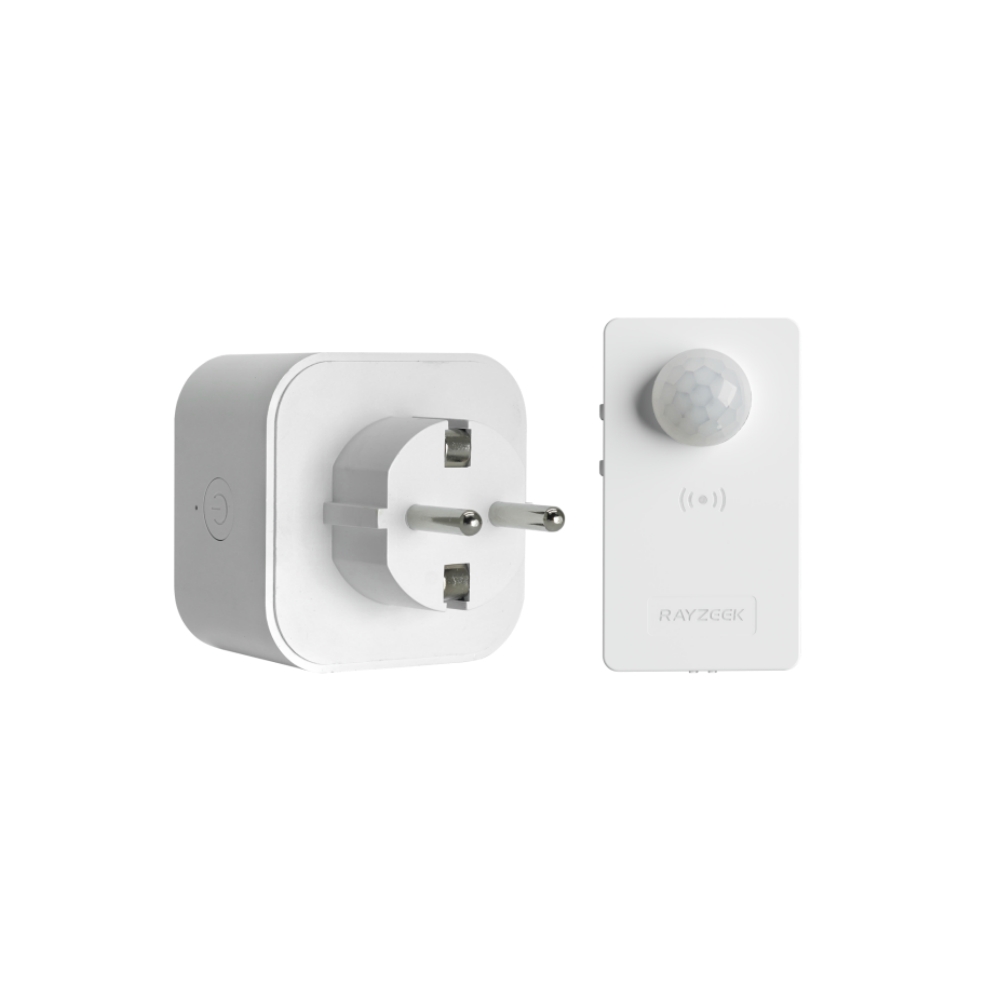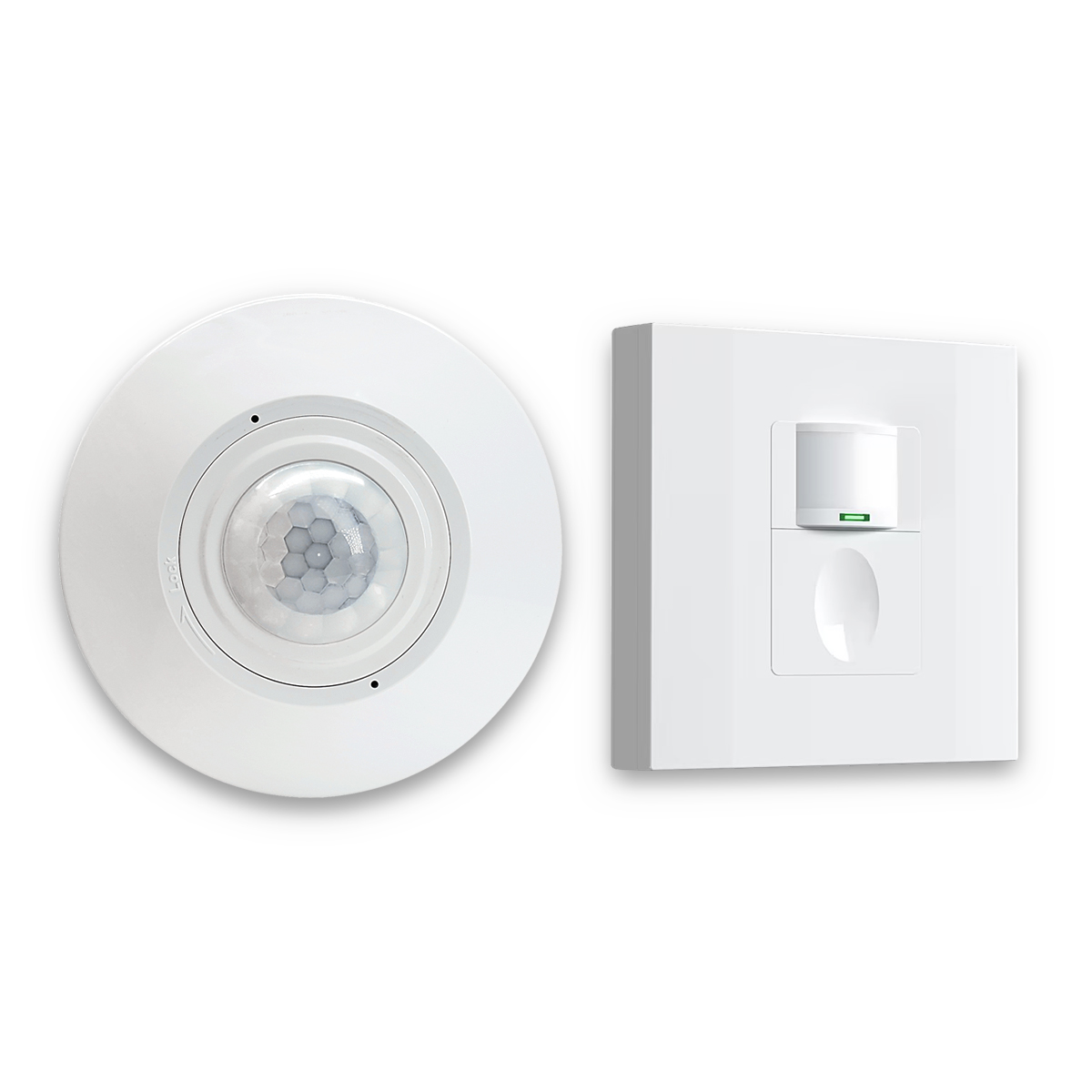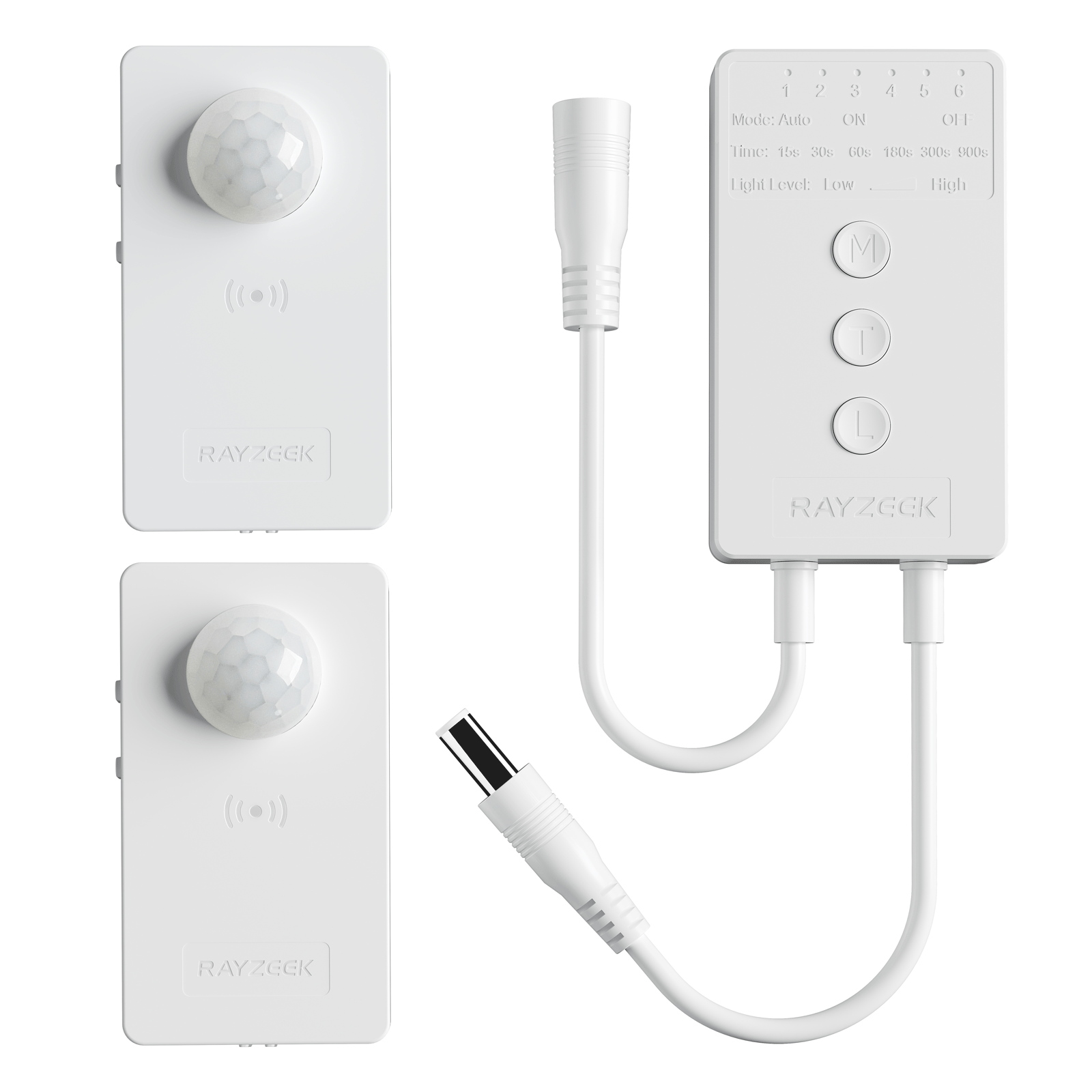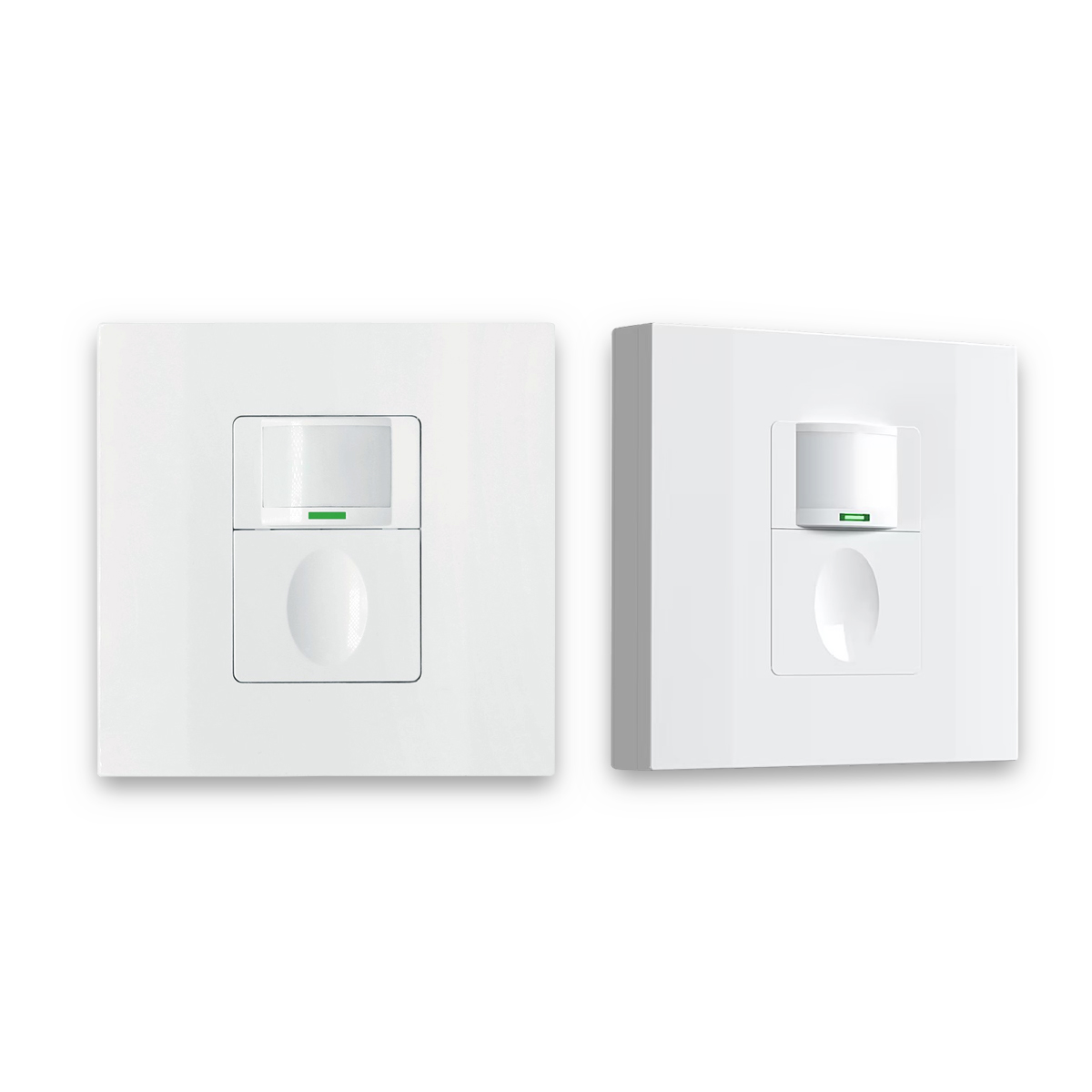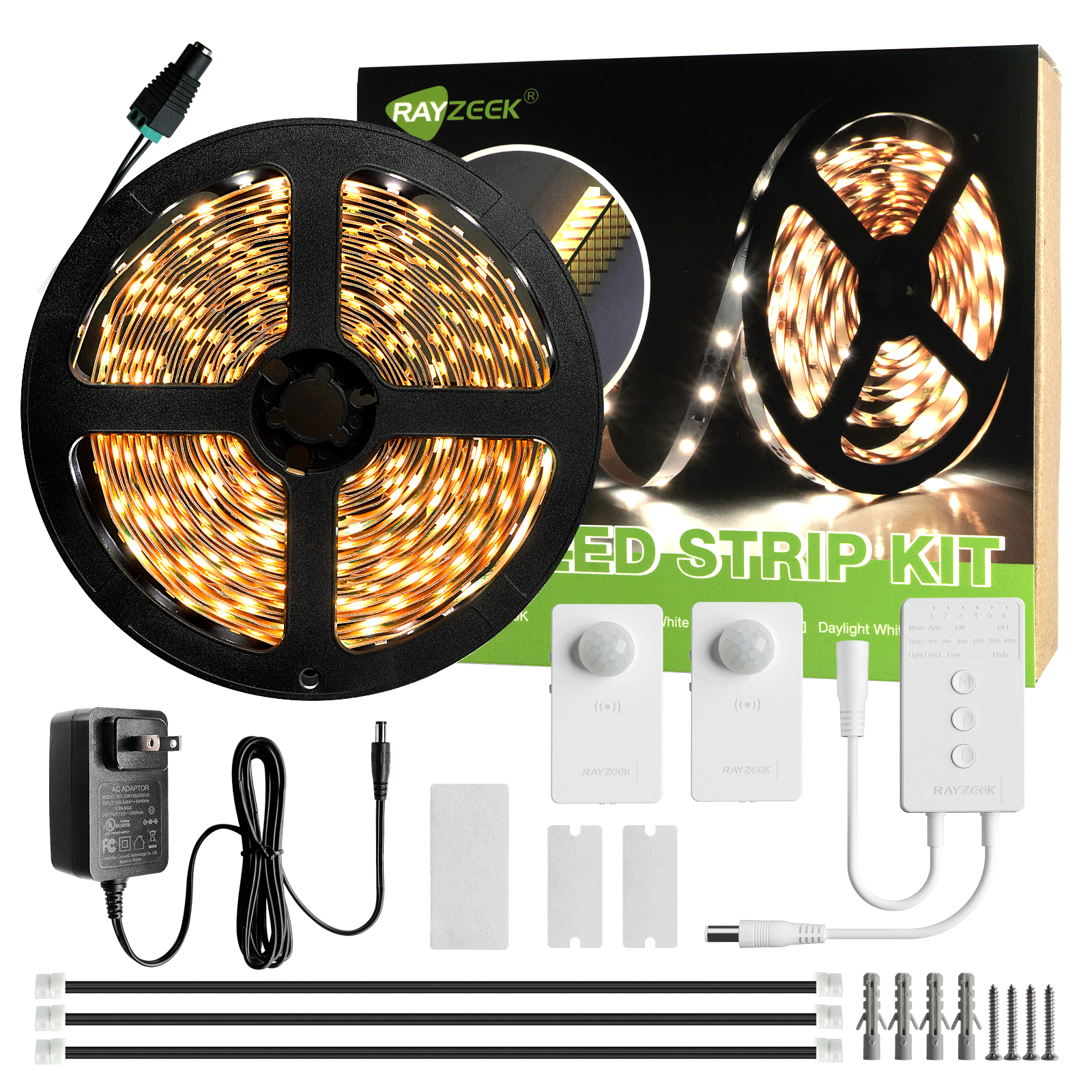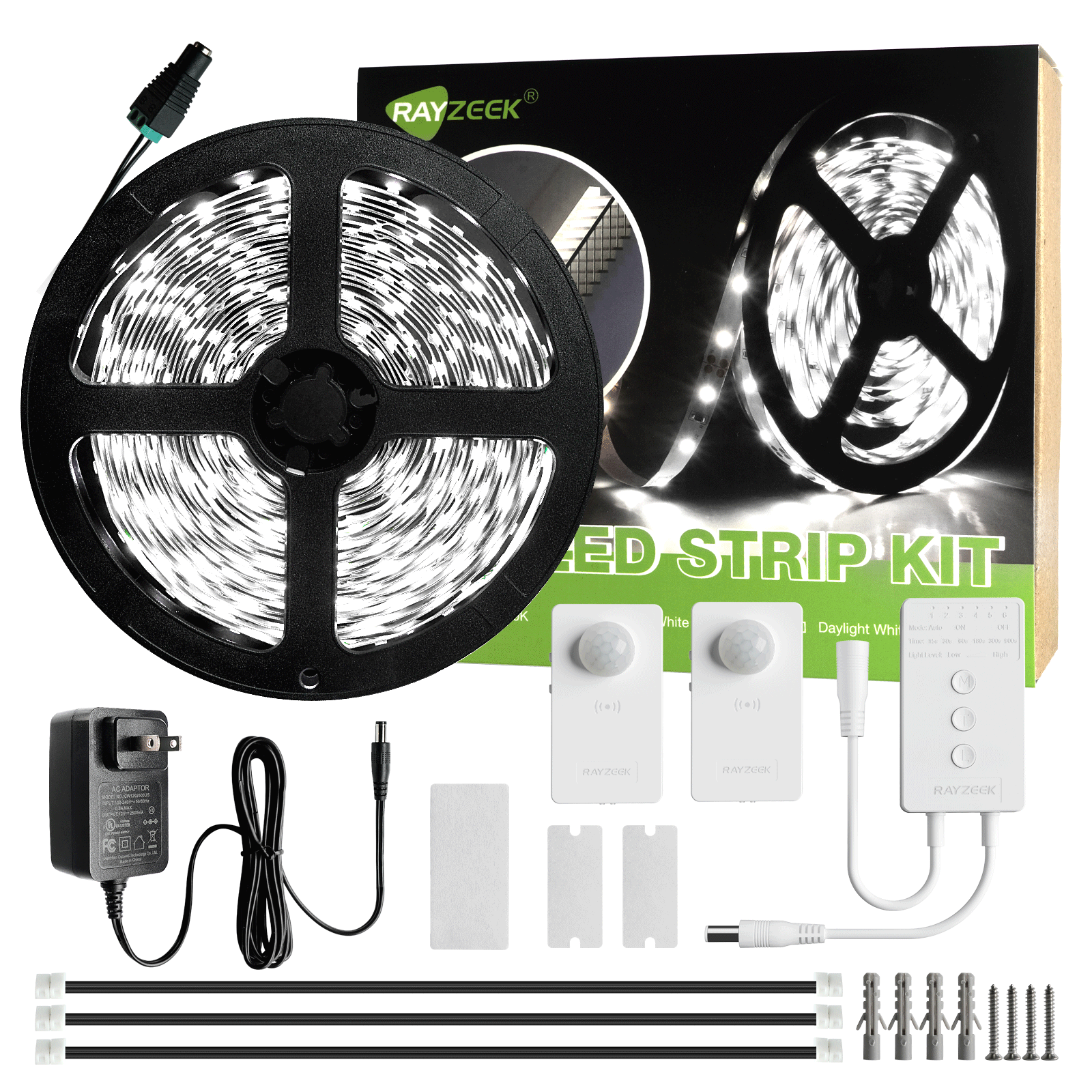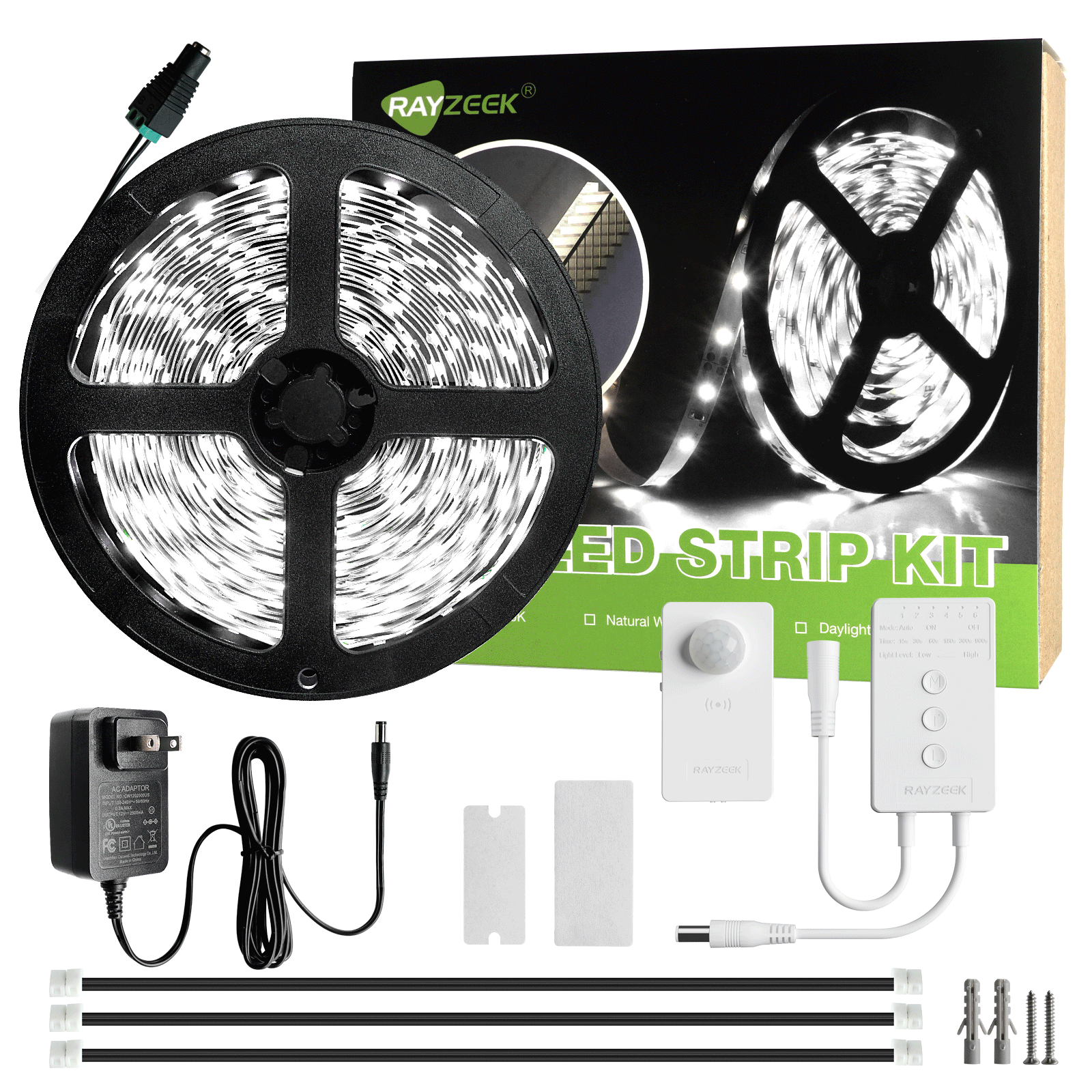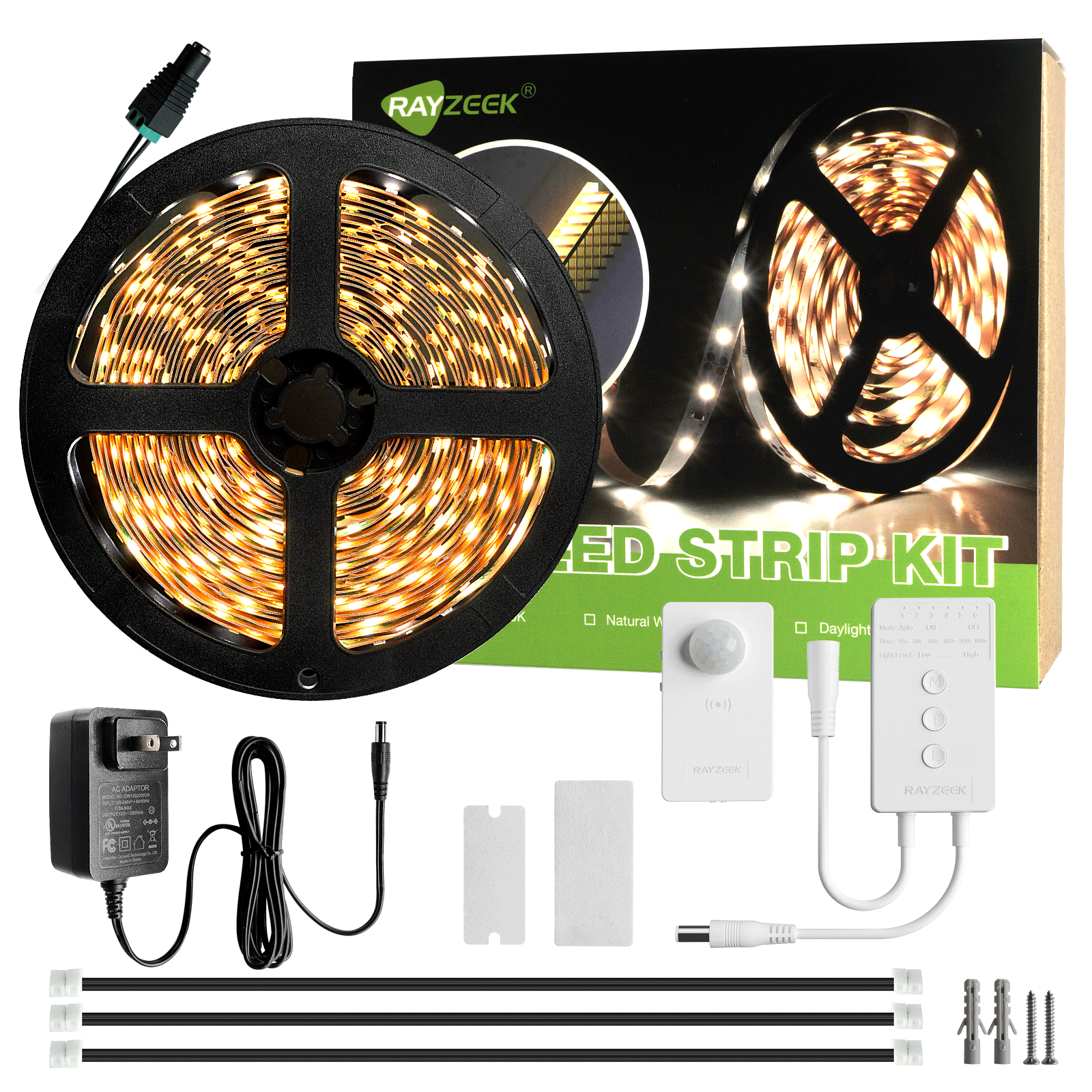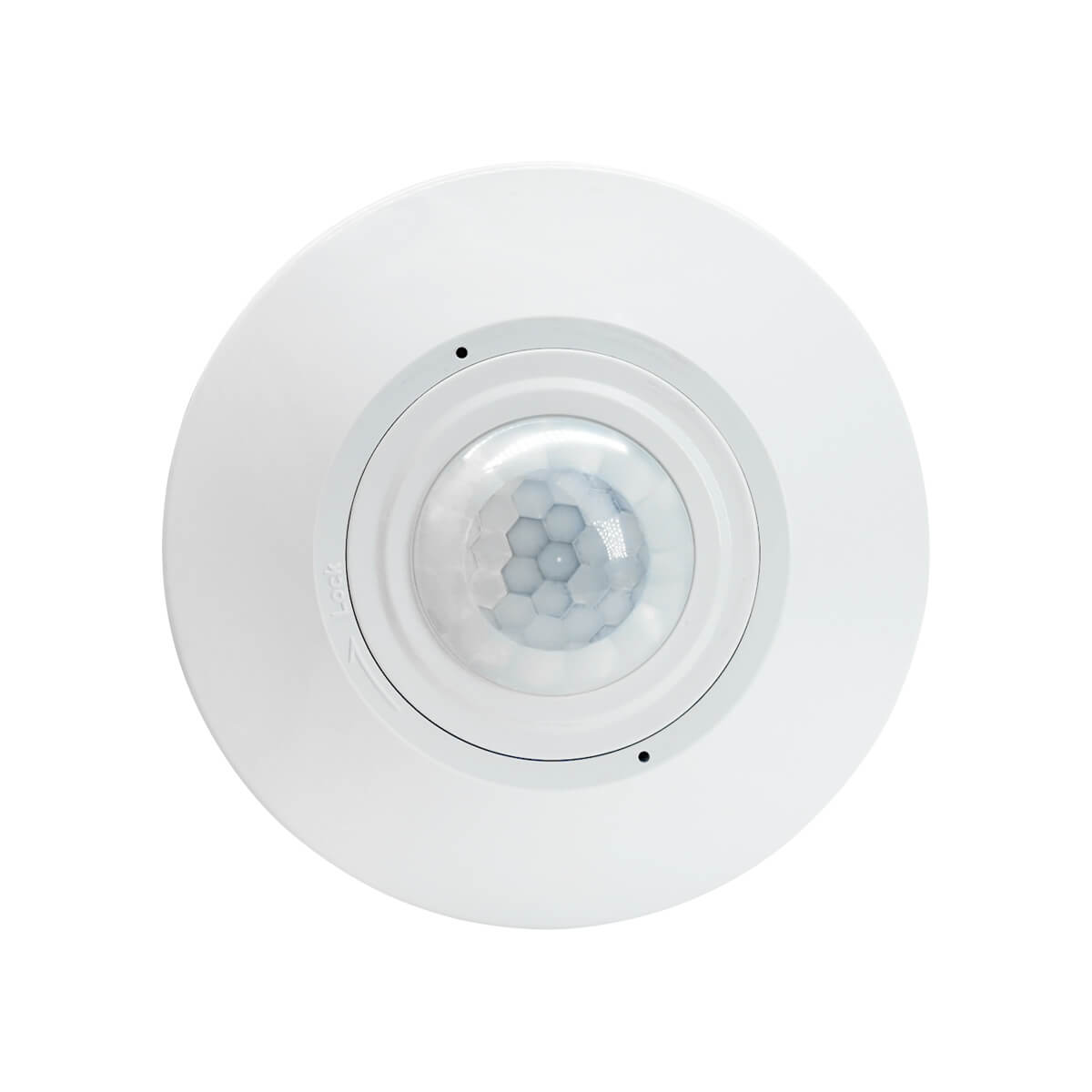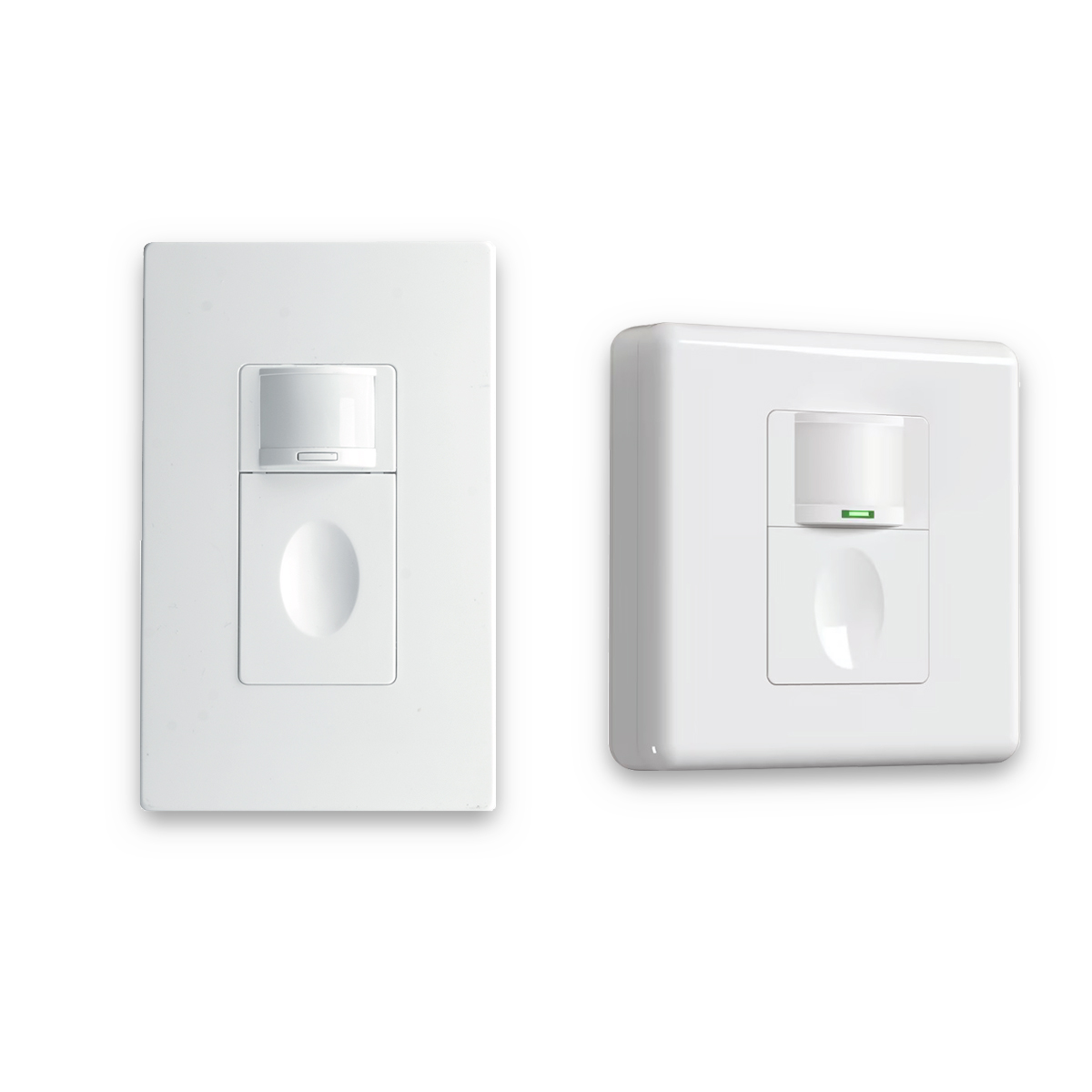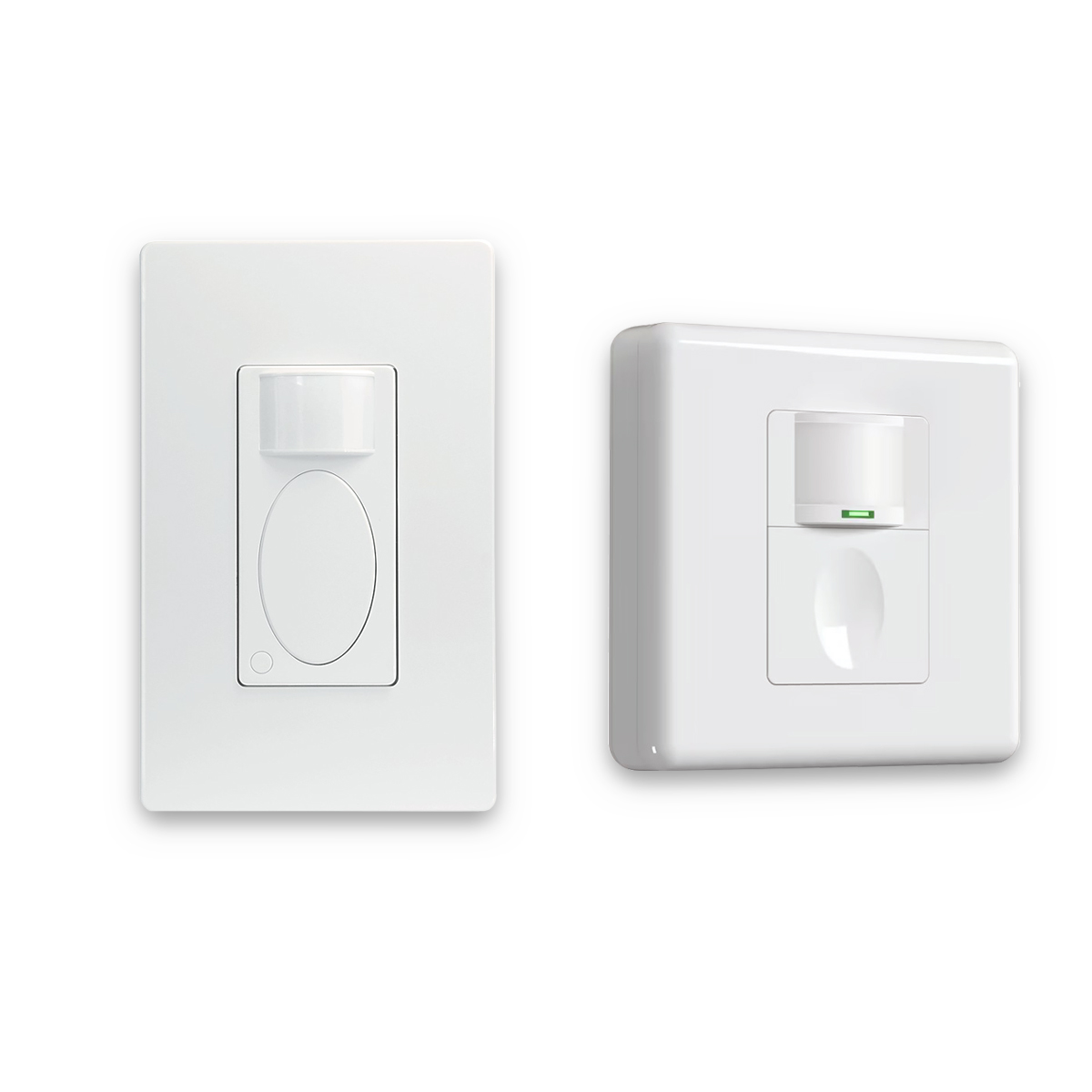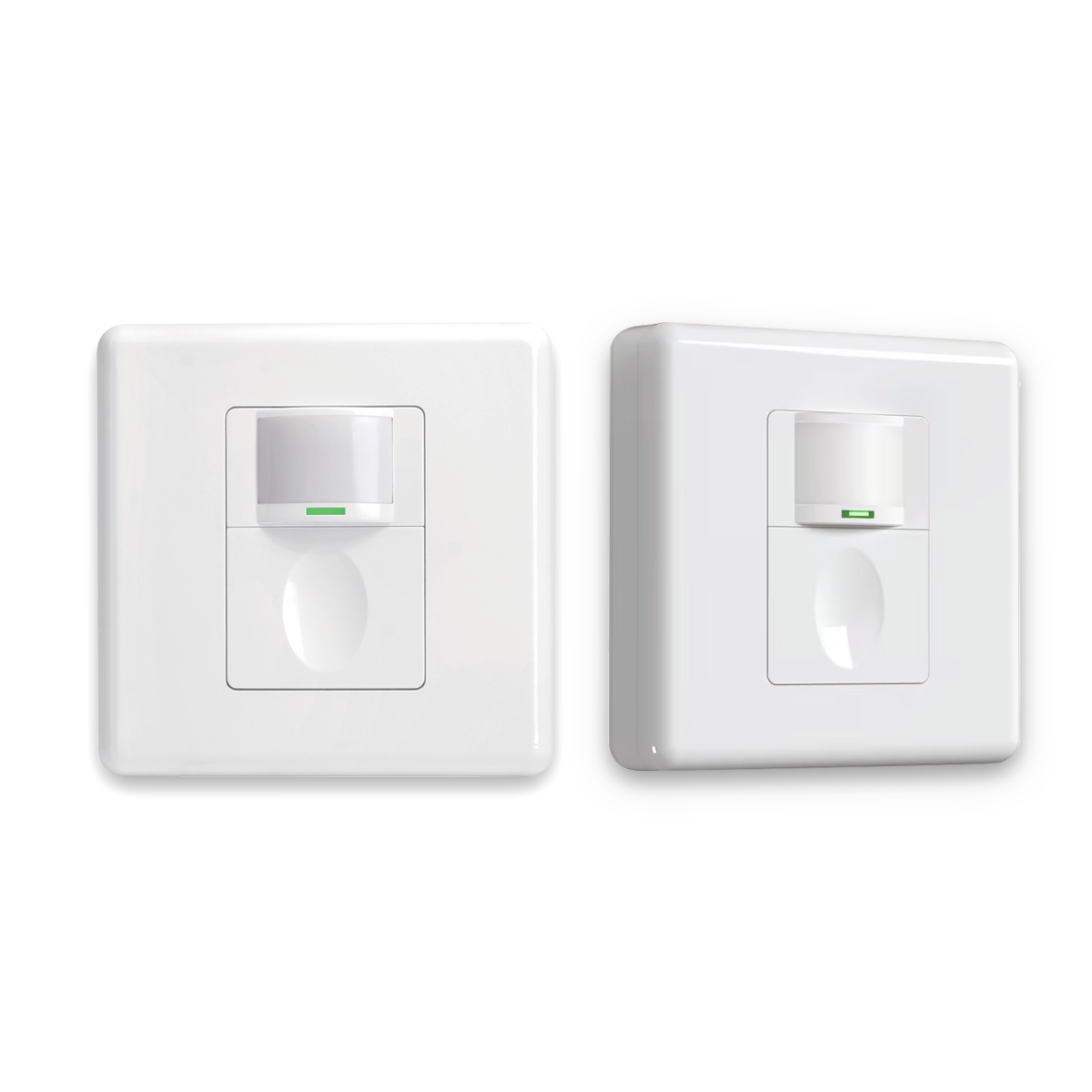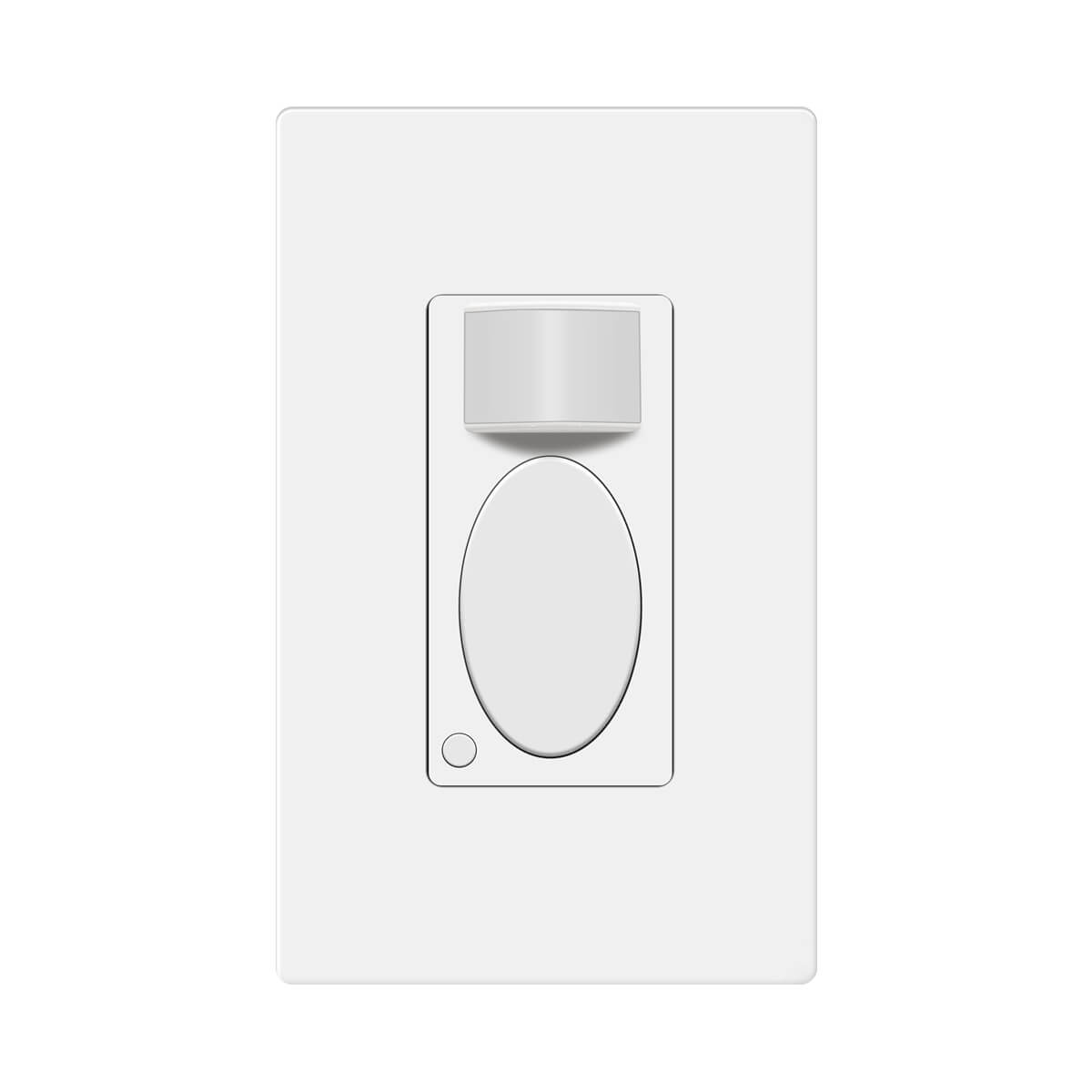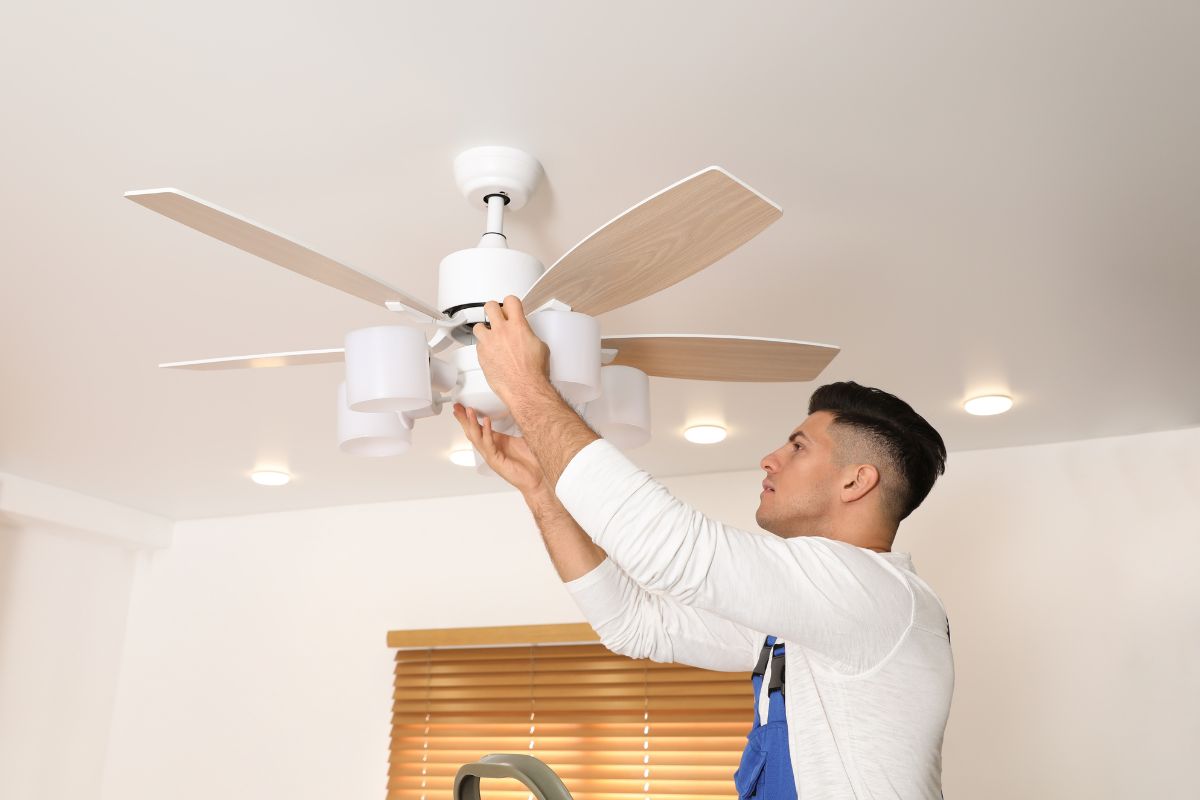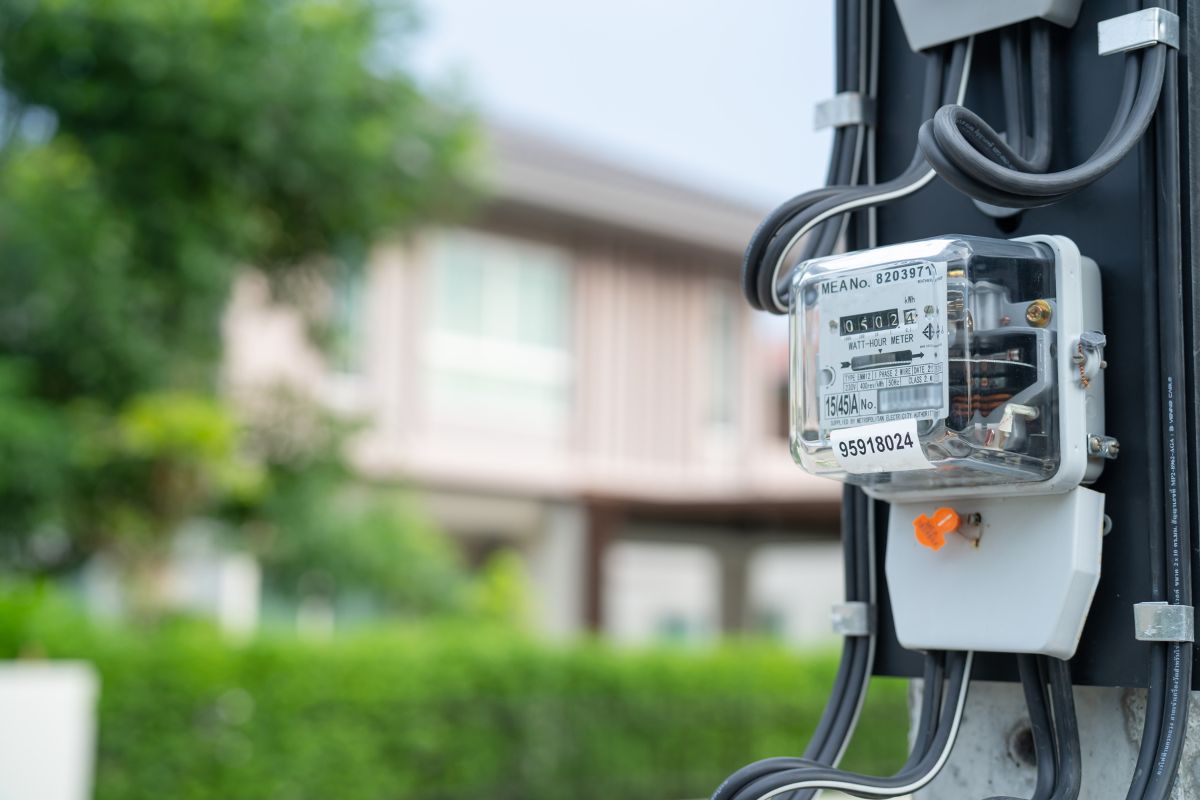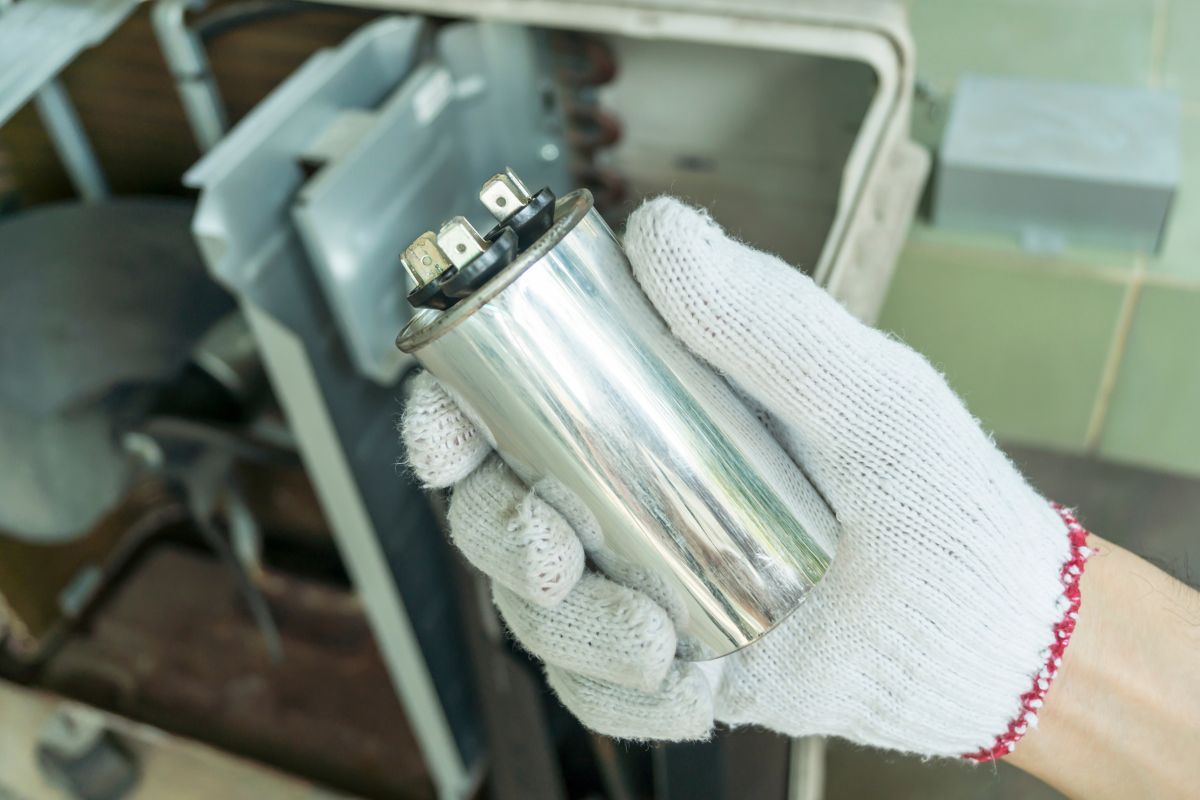So, should you cover your outdoor air conditioning (AC) unit during the winter? It’s a question many homeowners in colder climates grapple with each year. You’ll find plenty of folks routinely covering their AC units when the temperature drops. But here’s the thing: there’s a real debate about whether this is actually necessary or even helpful. There’s no easy, one-size-fits-all answer. The best approach really depends on your specific situation.
That’s why this article aims to give you a comprehensive look at the pros and cons of covering your AC unit. We want to empower you to make an informed decision based on your unique circumstances. Whether you’re just curious about the topic or you’re a seasoned HVAC professional, we’ve got you covered (pun intended!).
Covering your outdoor AC unit in winter is more common than you might think. Surveys suggest that around 30-40% of homeowners in colder regions do it. Often, this comes from well-meaning advice or a general feeling that you should protect the unit from the harsh elements. But this seemingly simple act involves a complex mix of factors. Covering your AC unit can either protect it or, surprisingly, potentially harm it.
For clarity, when we talk about an AC unit in this article, we’re primarily focusing on the outdoor component of central air conditioning systems. This is commonly called the condenser unit. You’ll find this unit located outside your home, and its main job is to release the heat that’s been extracted from your indoor air.
You might be thinking, “Why is this even a debate? Shouldn’t it be obvious whether or not to cover the unit?” Well, the truth is, it’s more complex than it seems! It’s not as simple as a yes or no answer. The decision involves a bunch of interacting factors. These include the weather in your area, the materials your AC unit and the cover are made of, and even the specific design of your AC unit. All this complexity is why you’ll find so much conflicting advice out there.
Another good question: Does this apply to all types of air conditioners? For the most part, we’re going to be talking about central air conditioning systems, specifically the outdoor condenser units. But don’t worry, we’ll touch on window units a bit later on.
에어컨의 종류
First things first, it’s important to know we’re not talking about all air conditioners equally. There are different types, mainly central AC systems and window units. As we move forward, we’ll be focusing primarily on those outdoor condenser units that are part of central AC systems.
Now, you might be wondering, “What about portable air conditioners?” Good question! Portable ACs usually vent out a window and don’t have an outdoor component that needs winterizing. So, we won’t be covering those in detail.
Central AC Systems
So, how does a central AC system actually work? Well, it all starts with refrigerant. Think of refrigerant as the working fluid that moves heat around. This refrigerant circulates between an indoor evaporator coil and that outdoor condenser coil we’ve been talking about.
Indoors, the refrigerant absorbs heat from the air. As it absorbs heat, it evaporates, turning into a cool gas. This gaseous refrigerant then heads outside to the condenser unit.
Now, in the condenser unit, the refrigerant releases all that absorbed heat and condenses back into a liquid. The condenser unit has a few key parts: a compressor and a fan. The compressor increases the pressure and temperature of the refrigerant, and the fan blows air over the condenser coils to get rid of the heat.
Speaking of condenser coils, they’re usually made of metal, often aluminum, and they have thin fins. These fins are there to increase the surface area, which makes the heat transfer more efficient. Think of it like the fins on a car radiator – more surface area means more cooling!
These fins are pretty vulnerable to damage from the elements. That’s why we’re focusing on the condenser unit. Its main job is to release heat, and because it’s located outdoors, it’s constantly exposed to everything Mother Nature throws at it. This makes it the primary concern when it comes to winter protection.
Window Units
Window units are a bit different. They’re designed as all-in-one systems, meaning everything is packed into a single box.
Now, should you remove your window units entirely for the winter? Generally, yes, we recommend it. Removing them gives you better insulation for the window opening and stops those cold air drafts from sneaking into your home.
레이직 모션 센서 포트폴리오에서 영감을 얻으세요.
원하는 것을 찾지 못하셨나요? 걱정하지 마세요. 문제를 해결할 수 있는 다른 방법은 항상 있습니다. 저희 포트폴리오 중 하나가 도움이 될 수 있습니다.
But what if you can’t remove your window unit? Can you just cover it? Covering it is an option, but it’s not ideal. If you do cover it, make sure you get a complete seal to keep those drafts out.
Heat Pumps
Now, it’s really important to understand the difference between standard air conditioners and heat pumps. They might look similar on the outside, but heat pumps are different beasts. They provide both heating and cooling, and they’re designed to run all year round.
Here’s a critical point: covering a heat pump completely during the winter can mess with how it works and even damage the unit. So, what should you do?
First and foremost, check the owner’s manual and the manufacturer’s website for specific advice on winterizing your heat pump. Manufacturers know their equipment best! Some might tell you not to cover the unit at all. Others might suggest a specific type of cover that allows air to flow freely.
And here’s a word of caution: never, ever completely enclose a heat pump during the winter when it’s running. Always follow the manufacturer’s guidelines for your specific heat pump model. When in doubt, err on the side of caution and let it breathe!
Covering Your AC: Pros and Cons
Alright, let’s dive into the heart of the matter: the arguments for and against covering your AC unit. It’s not a black-and-white situation, and there are valid points on both sides.
On the one hand, covering your AC unit can protect it from physical damage and keep debris from piling up inside. On the other hand, covers can sometimes create a cozy little home for rodents, which can lead to damage. Plus, they can trap moisture, potentially causing rust and corrosion.
So, is there a “right” answer here? Is it always a trade-off? Well, the best approach depends on your specific situation. Your climate, the type of AC unit you have, and even local environmental factors all play a role. Our goal here is to give you the information you need to weigh these factors and make the best decision for yourself.
You might be wondering why there are so many conflicting opinions out there, both online and among professionals. It’s because everyone’s experiences are different! What works for someone in Arizona might be a disaster for someone in Minnesota. Climate and environmental conditions vary wildly, which is why it’s so important to understand the nuances of this issue.
Potential Benefits of Covering
Okay, let’s start by looking at the good side. Covering your AC unit can offer some real advantages, mainly by shielding it from the elements and other external factors during the winter.
What specific types of damage are we talking about? Well, think about snow piling up, ice building up, branches and leaves falling on it, hail, freezing rain, and even critters trying to make a home inside. A good cover can help protect against all of these.
Preventing Rust and Corrosion
One of the biggest benefits of covering your AC unit is that it acts as a physical barrier against moisture and other corrosive stuff, which can reduce the risk of rust and corrosion.
Let’s talk about rust for a second. Rust is actually a form of oxidation. You probably know it better as the reddish-brown stuff that forms on metal when it’s exposed to oxygen and moisture.
Here’s the chemistry behind it: during oxidation, metal atoms lose electrons to oxygen atoms, forming metal oxides. This weakens the metal and, over time, can cause it to fall apart. Moisture acts as an electrolyte, which basically means it helps the electrons flow more easily, speeding up the oxidation process. Think of it like adding salt to a battery to make it work better – moisture does the same thing for rust!
So, what parts of your AC unit are most likely to rust? The condenser fins, the coils, and the metal casing are all vulnerable areas.
Different types of precipitation, like snow, rain, and freezing rain, can all contribute to corrosion in their own ways.
Is snow more damaging than rain? Sometimes, yes. Because snow tends to stick around longer, it can lead to extended moisture exposure as it melts, potentially causing more corrosion than a quick rain shower.
And let’s not forget about salt! Whether it’s from the sea air in coastal areas or from road de-icing treatments, salt can seriously speed up corrosion.
How does salt worsen corrosion? Salt increases the conductivity of water. Conductivity refers to how easily electricity can flow through a substance. This accelerates the corrosion reaction through an electrochemical process. Basically, salt makes the water a better conductor, which makes the corrosion happen faster.
Now, it’s important to remember that we’re talking about external moisture here – the kind of moisture a cover is designed to protect against. There’s also the issue of internal moisture that can get trapped under the cover, which is a whole different problem we’ll get to later.
Protecting Against Debris and Pests
Another benefit of covering your AC unit is that it stops leaves, twigs, and other debris from building up inside.
Why is debris a problem? Well, it can block airflow, which makes your unit less efficient. It can also damage internal parts, like the fan blades.
Can debris cause the unit to freeze up? Yes, it can! When debris combines with moisture, it can lead to ice forming and blocking airflow, making freezing problems even worse.
A cover can also keep rodents and insects from turning your AC unit into a winter home.
What kind of damage can rodents cause? They can chew through wires, damage the insulation, and leave their droppings behind. Yuck!
What types of pests are we talking about? Mice, rats, squirrels, chipmunks, and all sorts of insects are commonly attracted to AC units.
Now, while a cover can deter pests, it’s important to remember that it can also accidentally create a perfect little shelter for them. We’ll talk more about that potential downside later.
Potential Drawbacks of Covering
Okay, so covering your AC unit might seem like a great idea, but there are also some potential risks and unintended consequences to think about.
If covering seems so beneficial, why wouldn’t everyone do it? The main worries are that you might trap moisture under the cover or create a cozy nesting spot for rodents. Let’s take a closer look at these drawbacks.
The Problem with Trapped Moisture
Even if you use a cover that seems completely waterproof, condensation can still form underneath, leading to moisture buildup.
How does that happen? Well, even if the cover keeps rain and snow out, condensation can still form on the inside because of temperature changes. When the temperature of the AC unit or the air trapped under the cover drops below the dew point, water vapor in the air turns into liquid water.
What’s the dew point? It’s the temperature at which air becomes completely saturated with moisture, causing condensation. Think about a cold glass of water on a humid day – the condensation that forms on the outside is exactly what can happen under your AC cover! The cover itself can make the problem worse by creating a little microclimate that traps moisture and stops it from evaporating.
So, how can moisture get trapped even if the cover is waterproof? Temperature changes can cause condensation to form on the inside of the cover, even if it’s doing a great job of keeping rain and snow out.
What happens when moisture gets trapped? It can lead to rust, corrosion, and even the growth of mold and mildew. Not good!
Wait a minute, didn’t we say that preventing rust was a benefit of covering? Yes, but it’s important to understand the difference between preventing external moisture (like rain and snow) and creating internal moisture through condensation under the cover. Preventing external moisture is a good thing, but creating internal moisture is definitely a drawback.
In this case, rust and corrosion are actually accelerated by the trapped moisture, not prevented by the cover.
Can mold and mildew damage your AC unit? Yes, they can corrode metal parts and potentially affect your indoor air quality if spores get into the ductwork. While this is less likely with a properly working system and more of a concern if you already have ductwork problems, it’s still something to consider.
The Risk of Rodent Infestation
Here’s another potential problem: covered AC units can become super attractive nesting spots for rodents during the winter.
Why would rodents choose a covered AC unit over other sheltered spots? The cover creates a dark, enclosed, and relatively warm space, which offers protection from predators and the harsh winter weather. It’s like a cozy little condo for mice and squirrels!
But wouldn’t the cover keep rodents out? Not necessarily. Rodents are often pretty resourceful. They can find or even create small openings to get inside. A cover can actually make it easier for them to go unnoticed and build a nest without being disturbed.
Rodent infestations can cause some serious damage to your AC unit.
What kind of damage are we talking about? Rodents can chew on wires and other parts, use nesting materials that block airflow, and contaminate the unit with their droppings and urine. It’s a real mess!
What specific parts are most at risk? Wiring, insulation, and plastic components are particularly vulnerable to those little teeth.
In this case, a rodent infestation means that rodents are taking advantage of the cover to build a nest inside the AC unit, rather than the cover successfully keeping them out, as we talked about earlier.
Choosing the Right Material
Choosing the right material for your AC cover is super important. It’s all about finding the right balance between protecting your unit and avoiding any unintended problems. There are several materials commonly used for AC covers, and each one has its own pros and cons. Let’s take a look.
Vinyl
Vinyl is a popular choice for AC covers because it’s great at keeping water out. It effectively stops rain and snow from reaching your unit.
However, traditional vinyl often isn’t breathable. This means it can trap moisture vapor underneath the cover, leading to condensation and all the problems that come with it, like rust and mold.
Some newer vinyl covers have breathable vents or panels to help with this issue.
Why is breathability so important? As we discussed earlier, breathability is crucial to prevent trapped moisture from building up.
And one more thing: vinyl is excellent at resisting external sources of rust and corrosion.
Canvas
Canvas is another option. It’s durable and often more breathable than vinyl.
The big advantage of canvas is that it allows for better air circulation, which reduces the risk of condensation.
However, untreated canvas isn’t naturally waterproof. You can treat it with water-resistant coatings, but these coatings might make it less breathable.
Keep in mind that the level of water resistance and breathability will depend on the specific type of canvas and the treatment used.
So, is canvas waterproof? It can be treated to be water-resistant, but it’s usually not as completely waterproof as vinyl.
Breathable Fabrics
Breathable fabrics, often made from special synthetic materials, offer a nice balance between protection and moisture control.
Their main advantage is that they allow moisture vapor to escape while still protecting your AC unit from rain and snow.
What are these “specialized” materials? They’re often materials specifically designed for outdoor covers and often have moisture-wicking properties.
Tarps and Bungee Cords – Not Recommended
Okay, let’s talk about tarps and bungee cords. While they’re cheap and easy to find, we generally 하지 마십시오. recommend using a standard tarp and bungee cords to cover your AC unit.
Why not? Most tarps are made of non-breathable stuff like polyethylene. This can trap moisture and lead to all those condensation problems we talked about earlier.
Bungee cords can also be unreliable in strong winds. If the cover comes loose, it could even damage the unit itself.
If you do decide to use a tarp, make sure it’s made of a breathable, water-resistant material. And ditch the bungee cords! Secure it with a more robust method.
Honestly, a purpose-built AC cover designed specifically for this is usually a better investment in the long run.
Key Features to Look For
When you’re shopping for an AC cover, keep these key features in mind for the best performance and protection:
- Water Resistance: The cover should effectively repel rain and snow. This stops water from reaching the unit and causing rust or other damage.
- Breathability: The cover material should allow moisture vapor to escape from underneath. This prevents condensation from building up, which can lead to mold, mildew, and rust. Breathability helps prevent that trapped moisture we’ve been talking about.
- Durability: The cover should be tough enough to resist tearing, UV degradation, and extreme temperatures. This means the cover will last for multiple seasons and provide reliable protection. How does UV light affect the cover? UV radiation can break down many materials over time, making them brittle and prone to tearing.
- Proper Fit: Getting the right size cover is also essential, as we’ll discuss later. An appropriately sized cover will provide better protection and prevent problems related to covers that are too loose or too tight. Why shouldn’t the cover be too tight? A very tight fit can restrict airflow and potentially trap moisture.
Proper Covering Techniques
It’s not just about whether you cover your AC unit, but how you do it. Proper covering techniques are key to getting the most benefits and avoiding potential problems.
Is there a “wrong” way to cover an AC unit? Absolutely! Improper covering can actually be worse than not covering it at all. It can make the risks of trapping moisture and attracting rodents even greater.
Best Time to Cover and Uncover
When should you actually cover your AC unit? The best time depends on your local climate and weather.
Generally, you should cover your AC unit when the weather consistently turns cold and there’s a good chance of snow or freezing rain.
It’s a good idea to check local weather forecasts and look at past weather data for your area to figure out the right time.
And when should you uncover your unit? It depends on when winter is officially over in your area.
Uncover your AC unit when the freezing season is done and warmer temperatures are here to stay.
관심 있는 분야
What if there’s a warm spell in the middle of winter? It’s usually best to avoid constantly covering and uncovering your unit. Leave it covered until you’re pretty sure that freezing weather is done for good.
Proper Fit and Ventilation
Getting the right size cover is important for both protection and ventilation.
How do you know what size cover to buy? Measure your AC unit’s height, width, and depth, and then check the cover manufacturer’s sizing guidelines.
Even when your AC unit is covered, it’s essential to make sure there’s enough airflow.
When you cover your AC unit, aim for a snug fit that stops the cover from blowing around in the wind, but don’t completely seal it off at the bottom. Leave a gap of a few inches between the bottom of the cover and the ground to let air circulate. This helps prevent moisture from building up and reduces the risk of condensation.
You can use bricks or other heavy things to weigh down the edges of the cover, but make sure there’s still some space for air to flow. Some covers have built-in vents or mesh panels, which are great for ventilation.
How can you make sure there’s enough ventilation if the cover is supposed to be snug? Look for covers with built-in vents or mesh panels. Or, leave a small gap at the bottom of the cover for air to circulate, but make sure it’s small enough to keep rodents out.
It’s really important to avoid completely sealing off the bottom of the unit. Why is that bad? A complete seal traps moisture and stops airflow, creating the perfect conditions for condensation, mold growth, and rust. This trapped moisture, as we’ve discussed, is a major cause of potential problems.
Climate Considerations
Your local climate has a big impact on whether or not you should cover your AC unit. Let’s break down different climate types and what they mean for covering your AC.
Mild Climates (Zone 1-3)
If you live in a mild climate (like USDA Plant Hardiness Zones 1-3), you probably don’t get freezing temperatures or much snow very often. In these areas, the main thing to worry about is usually rain and humidity, not extreme cold.
You might not even need to cover your AC unit in mild climates. In fact, covering it could actually be harmful because it increases the risk of trapping moisture.
If it rarely freezes, why would covering be a problem? As we talked about earlier, trapped moisture can lead to rust, corrosion, and mold growth, even if it’s not freezing.
Moderate Climates (Zone 4-5)
In moderate climates (like Zones 4-5), you’ll get freezing temperatures sometimes and a decent amount of snow.
In these areas, deciding whether to cover your AC unit is a bit more complicated and needs some thought.
Covering it can protect it from snow and ice buildup. However, it’s super important to choose the right material (breathable fabrics are best) and install it properly to avoid trapping moisture.
Severe Climates (Zone 6-7)
If you live in a severe climate (like Zones 6-7), you’re dealing with frequent and long-lasting freezing temperatures, heavy snowfall, and maybe even ice storms.
In these climates, covering your AC unit is usually a good idea. This helps protect it from the weight of heavy snow and ice, as well as damage from freezing rain.
But even in these harsh conditions, you still need to worry about moisture getting trapped from condensation, so proper ventilation is still key.
Can heavy snow damage your AC unit? Yes, the weight of all that snow can potentially damage the unit’s delicate fins or coils, so a cover is a reasonable precaution.
Coastal Climates
Coastal climates have their own set of challenges, no matter what the temperature zone is. The big one is salt air.
Salt air really speeds up corrosion.
If you live near the coast, covering your AC unit can provide a barrier against salt spray. But you need to make sure the cover material is resistant to both salt and moisture.
High-Wind Areas
If you live in an area that gets a lot of strong winds, you need to be extra careful about how securely you fasten your AC cover.
A poorly secured cover can act like a sail in high winds, potentially damaging your AC unit or even nearby property.
Manufacturer Recommendations
Before you do anything, it’s super important to check your owner’s manual and the manufacturer’s website for specific recommendations about covering your AC unit.
Why are manufacturer recommendations so important? Manufacturers know their units inside and out. Their recommendations are designed to ensure the best performance, longest lifespan, and safest operation.
What if you can’t find your owner’s manual? Try searching online for it using your unit’s model number. You can also contact the manufacturer directly for help.
What if the manufacturer doesn’t have any specific recommendations? It’s possible. In that case, use the general guidelines we’ve discussed in this article, keeping in mind your specific climate, the type of AC unit you have, and other relevant factors.
Pre-Covering Inspection
Before you cover your AC unit, it’s a good idea to give it a thorough inspection to look for any damage or maintenance needs.
Why is a pre-covering inspection necessary? Covering a damaged unit can hide existing problems and potentially make them worse over time. It’s also a chance to do any cleaning or maintenance before you cover it up for the winter.
Here’s what to look for during your inspection:
- Damage to fins or coils: Check the fins and coils for any bends, dents, or other damage.
- Signs of rodent activity: Look for droppings, nests, or chewed wires. This is a good time to check for any signs of the rodent problems we talked about earlier.
- Leaks or unusual noises: Check for any refrigerant leaks or strange noises coming from the unit.
- Debris buildup: Look for any leaves, twigs, or other debris that has built up inside the unit.
What should you do if you find damage? If you spot anything wrong during your inspection, it’s best to contact a qualified HVAC (Heating, Ventilation, and Air Conditioning) technician for repairs before you cover the unit.
Before you cover your AC unit, give it a good cleaning to get rid of any debris that has built up.
First, and this is important for safety, disconnect the power to the unit at the breaker box.
Then, use a garden hose with a spray nozzle to gently rinse the outside of the unit, removing any leaves, dirt, and other debris. Be careful not to use a high-pressure setting, as this can damage those delicate fins.
You can also use a soft brush or a fin comb (you can find these at hardware stores) to carefully remove any debris that’s stuck between the fins.
Finally, let the unit dry completely before you cover it.
Alternative Protection Methods
Covering your AC unit isn’t the only way to protect it during the winter. There are other options to consider.
동작 인식 에너지 절약 솔루션을 찾고 계신가요?
전체 PIR 모션 센서, 모션 인식 에너지 절약 제품, 모션 센서 스위치, 재실/공실 상업용 솔루션에 대해 문의하세요.
Building a Shelter
You could build a simple shelter, like a plywood lean-to. This can provide great protection from snow and falling debris.
The nice thing about this approach is that it avoids the risk of trapping moisture like a full cover can.
The lean-to should be angled so that snow and rain can run off easily, and it should be positioned to protect the AC unit from the strongest winds.
Make sure the structure is strong and well-anchored so it doesn’t collapse or blow away in strong winds.
The open sides of the lean-to allow plenty of air to flow, which minimizes condensation.
What are the advantages of a shelter over a cover? A shelter allows for better airflow and reduces the risk of condensation buildup compared to a full cover.
What are the downsides? A shelter might be harder to build and might not look as nice as a cover.
If your AC unit is already under a deck, awning, or other permanent structure, it’s already getting some protection from direct snow and falling debris.
However, you still need to think about winterizing it. Wind-driven snow and rain can still reach the unit, and the sheltered space might still attract rodents.
Take a look at how exposed your unit is. If it’s pretty well shielded from the elements, you might not need a full cover. You could just focus on keeping rodents out. If it’s still partially exposed, a partial cover or a lean-to structure might be a better choice than a full cover because it allows for better airflow.
Regular Cleaning and Maintenance
Regular cleaning and maintenance throughout the winter can also help reduce some of the risks that come with winter weather.
Removing debris and making sure water drains properly can help prevent problems caused by snow, ice, and debris buildup.
How often should you clean the unit during the winter? It depends on your climate and how much debris accumulates. If you get a lot of snow or frequent storms, you might need to clean it more often.
Regular cleaning helps prevent the debris buildup and potential pest problems we talked about earlier.
Are there any other options? Some homeowners might put a protective mesh around the unit to keep rodents out.
However, this doesn’t protect against moisture, snow, or ice. While mesh can help with rodent problems, it doesn’t take care of other winterization issues.
Long-Term Effects
What about the long-term effects? The long-term impact of covering your AC unit on its lifespan is something that’s still being debated, and there’s not a lot of solid research on it.
Does covering actually make your AC unit last longer? There’s no easy answer. It probably depends on a lot of things, like your climate, the type of cover you use, how well you cover it, and even the specific AC unit model you have.
On the positive side, covering your AC unit could reduce corrosion from external moisture and protect it from damage caused by debris.
On the other hand, it could also lead to more corrosion because of trapped moisture (as we talked about earlier) or rodent damage if the cover creates a cozy home for them.
Basically, the long-term effects depend on whether the cover helps or hurts with the rust/corrosion and rodent problems we’ve been discussing.
So, what’s the bottom line on long-term effects? It’s complicated! The long-term impact probably depends on a complex mix of different factors.
The best thing to do is weigh the potential benefits and risks based on your own situation. And always follow the manufacturer’s recommendations, as they know what’s best for your specific unit.
Let’s also think about energy efficiency. The impact of covering your AC unit on energy efficiency is indirect. A well-maintained AC unit, whether it’s covered or not, will usually run more efficiently.
Covering it can protect it from damage that could make it less efficient over time (like debris buildup or corrosion). But a cover that traps moisture can lead to problems that decrease efficiency (like mold growth or restricted airflow).
So, the key to keeping your AC unit energy-efficient is to maintain it properly and take care of any problems quickly, whether you cover it or not.
결론
So, what’s the final verdict? Ultimately, deciding whether or not to cover your air conditioner in the winter is a personal choice. It all comes down to carefully considering your specific situation.
There’s no single right answer that works for everyone. Think about your climate, the type of AC unit you have, what the manufacturer recommends, and the potential risks and benefits we’ve talked about in this article.
By weighing these factors and taking the right precautions, you can make a smart decision that protects your investment and keeps your AC unit running smoothly for years to come. And remember, always listen to what your AC unit’s manufacturer has to say!


